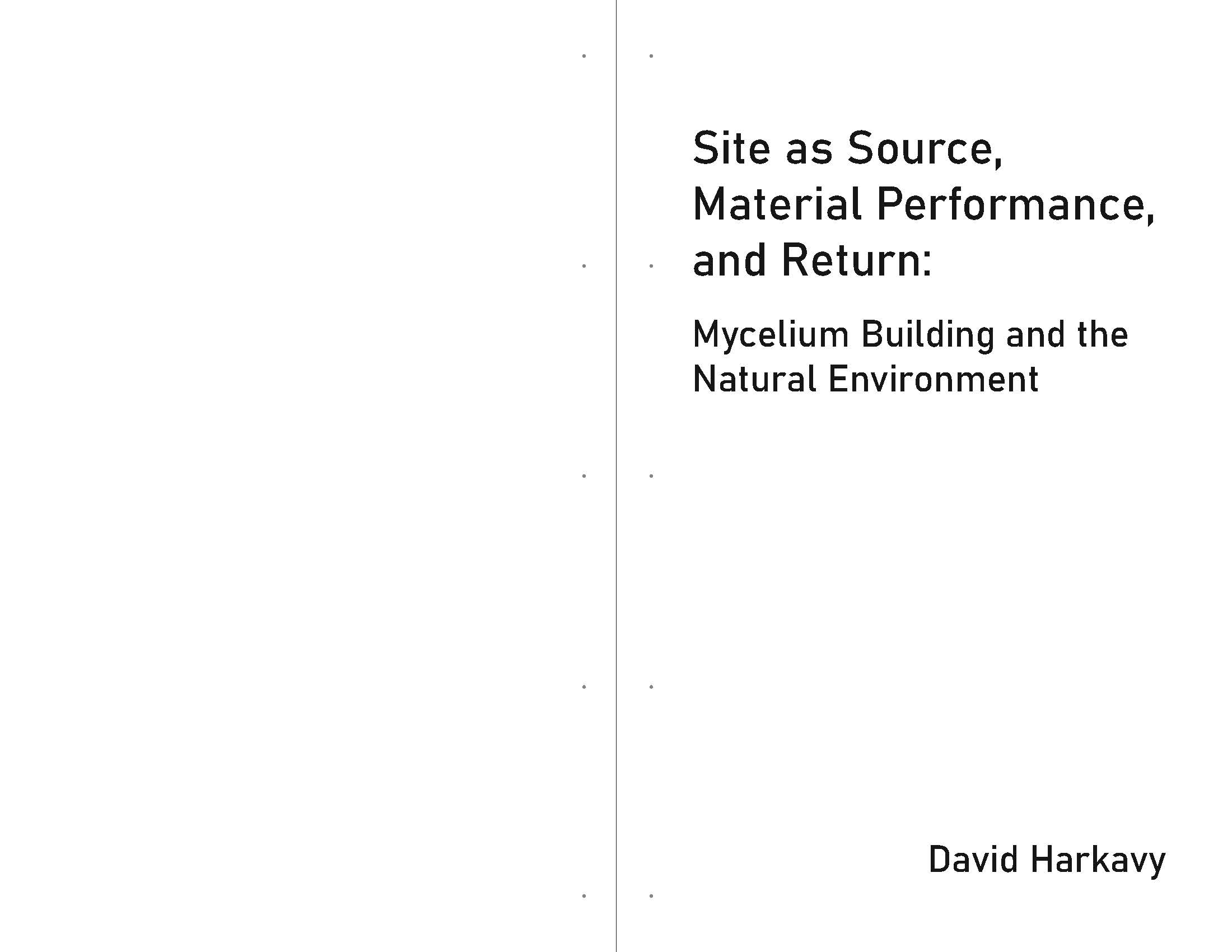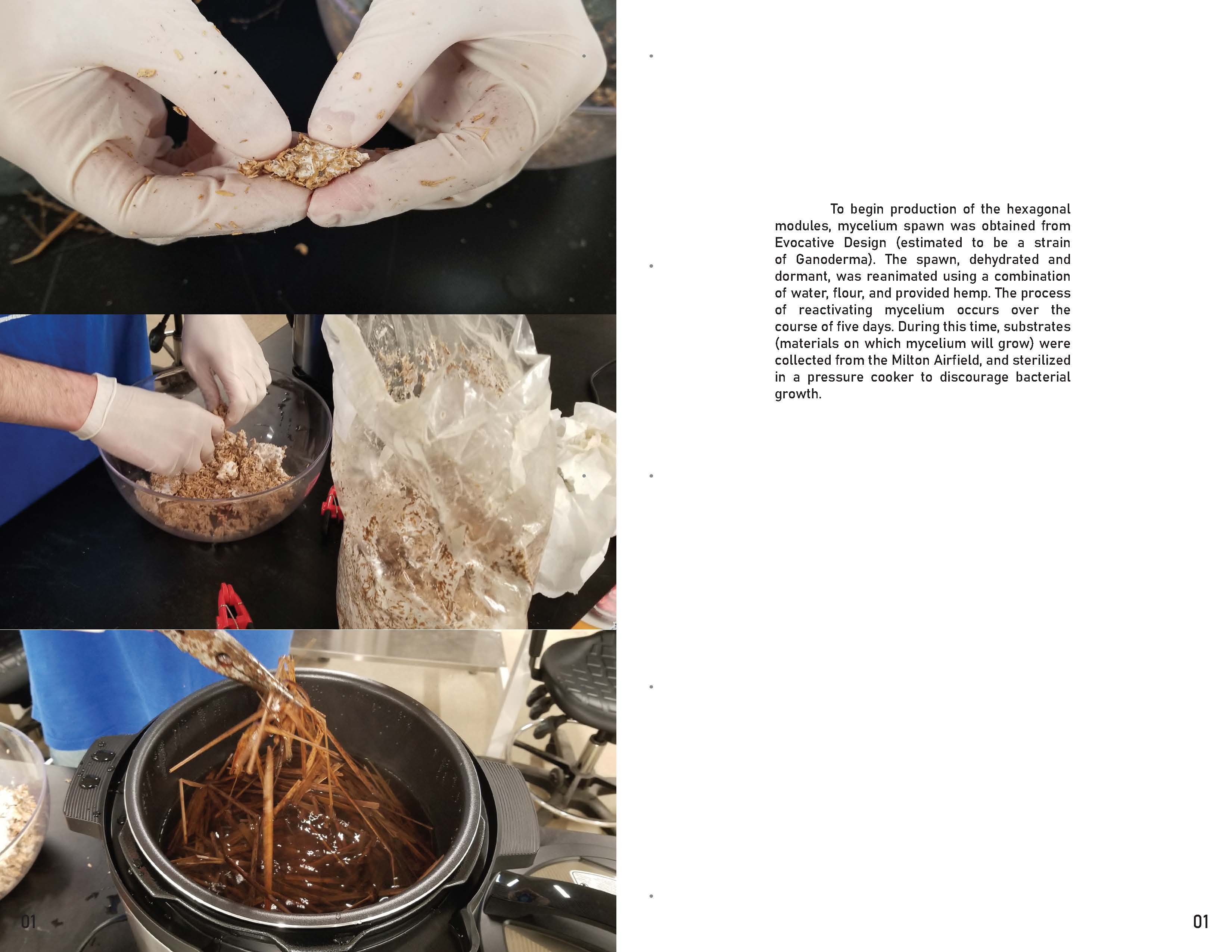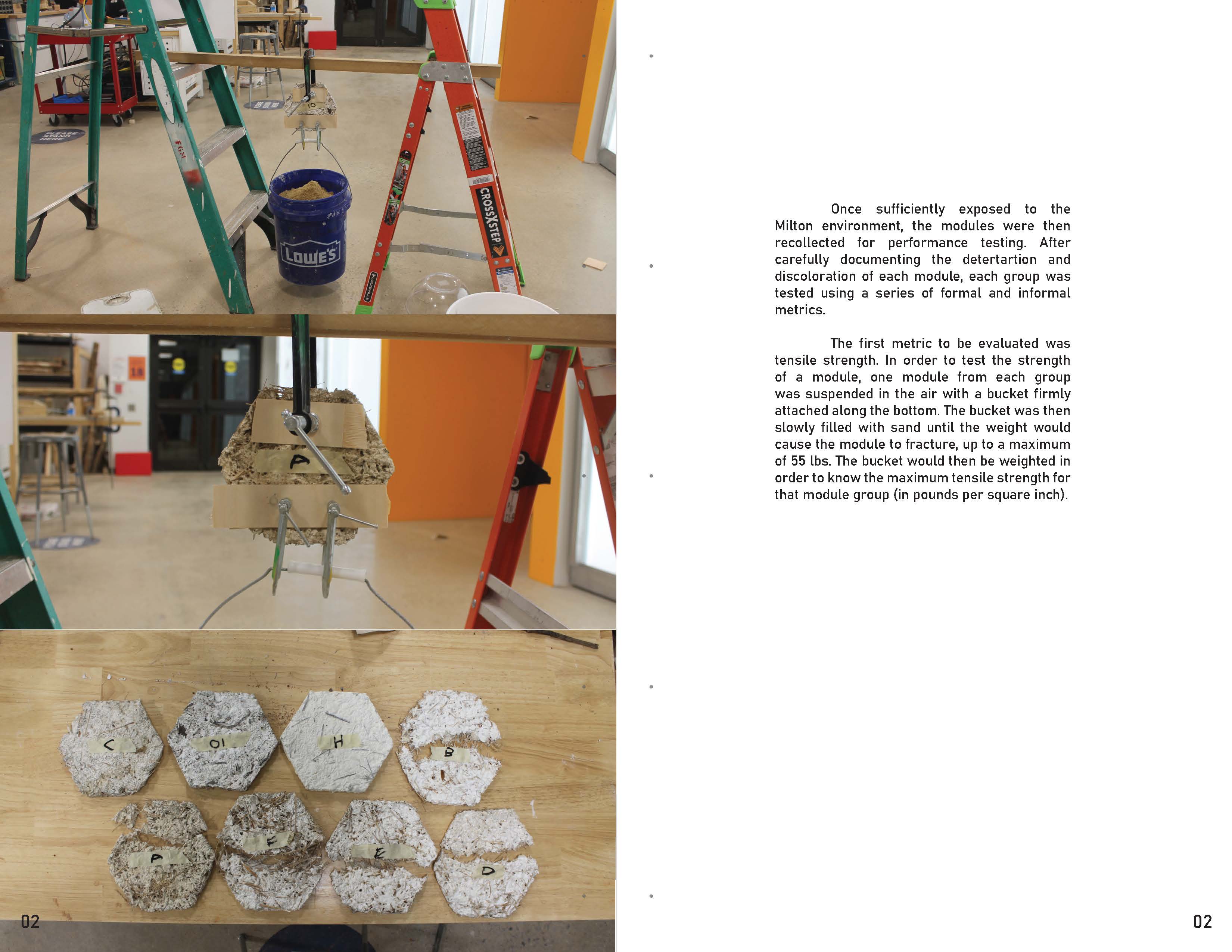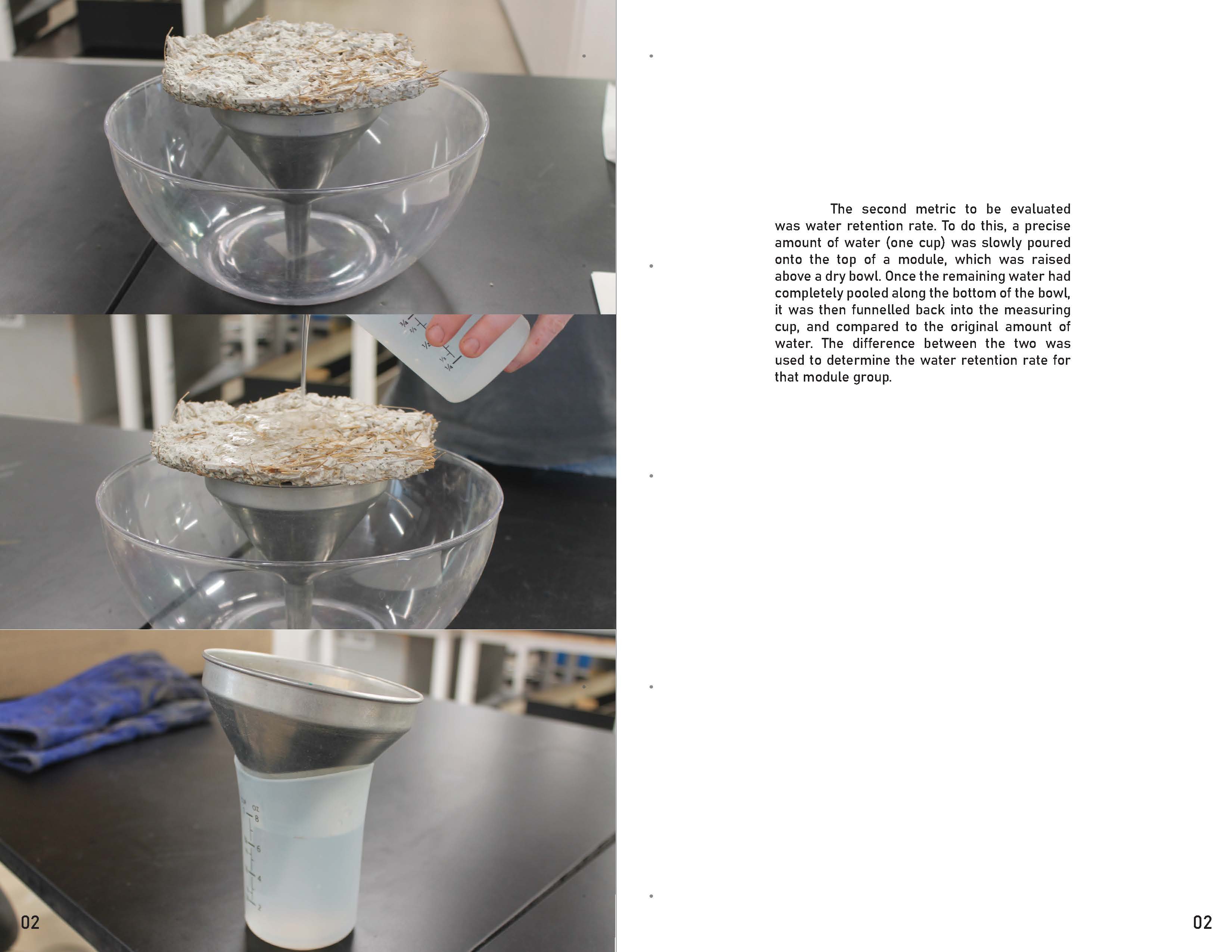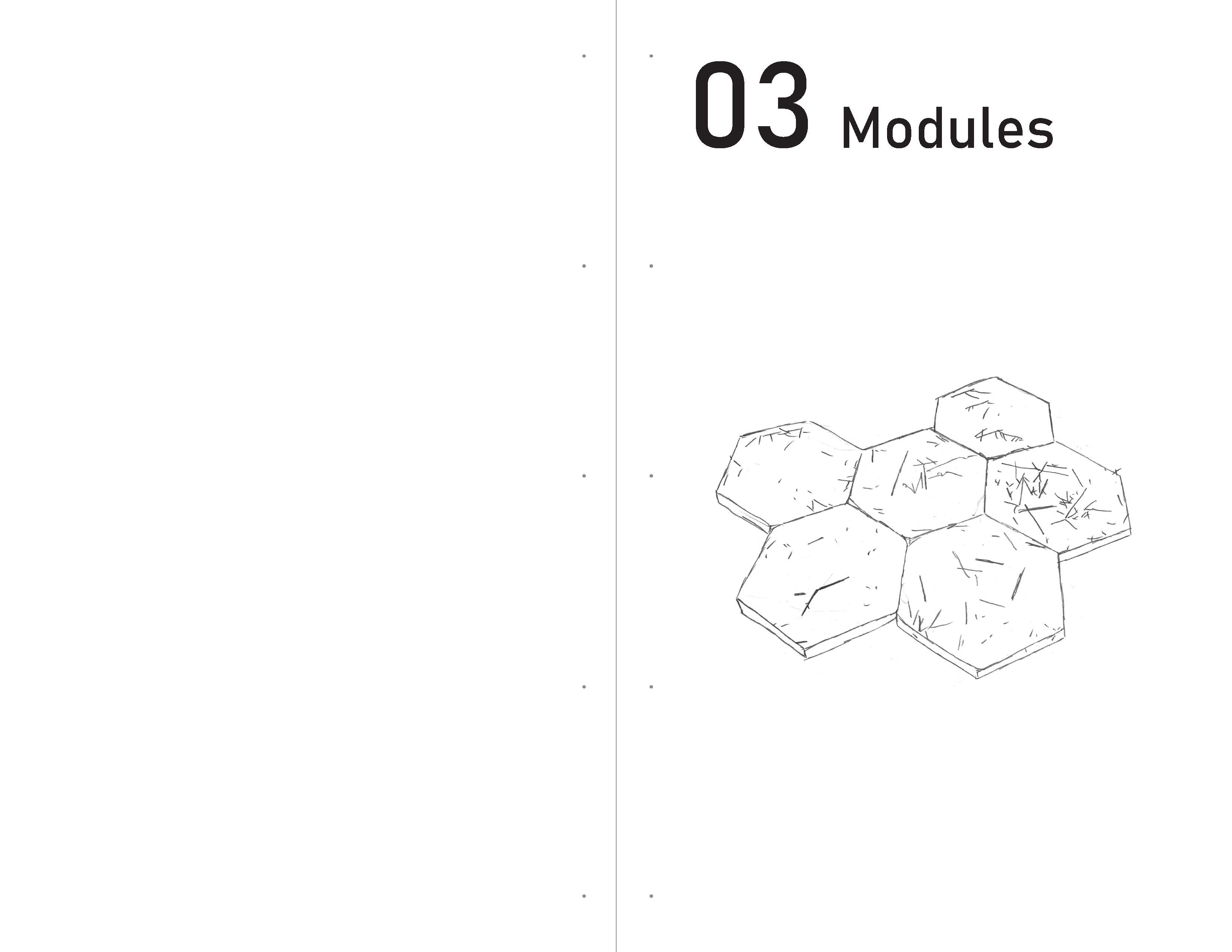David Harkavy
SITE AS SOURCE, MATERIAL PERFORMANCE, AND RETURN
Mycelium Building and the Natural Environment
Thesis: The study of material performance (and degradation) in a natural environment can help inform the role of mycelium in architectural making. Mycelium (that has been exposed to a landscape condition) will be tested using performance metrics to evaluate possible building uses.Positioning: Within architectural discourse, there has been a renewed push towards sustainable practices over the last twenty five years. One of the many aspects that have since been pursued is the exploration of bioorganic and biodegradable building materials, which in theory would have a smaller carbon footprint in their production and deterioration. In this search, mycelium has appeared to be a great material for architectural studies. It’s growth (and decay) emit zero emissions, and it’s use leaves no lasting mark on the environment. As a result, mushroom mycelium has been positioned as a possible replacement for traditional building materials, especially in cases of ephemeral structures (such as in the case of disaster relief housing or event spaces). However, many of the existing studies have been very limited in scope. A large majority of the mycelium work (done by architects and designers) has been in the production of indoor furniture, or (when allowed to take architectural forms) only applied in urban settings. My mesocosm investigation aims at monitoring the architectural material performance of mycelium when applied to a natural environment, such as Milton. It is surprising that there is incredibly few, if any, architectural work of bioorganic materials such as mycelium done within a natural environment. The natural environment is the setting in which these materials originate, and in many ways, the reapplication of these materials is an external transformation of the landscape itself. By growing mycelium modules (in part with materials sourced directly from Milton) and applying them directly within the landscape, I can monitor the degradation of the mycelium through the lens of discoloration and structural strength. Unlike many architectural mycelium installations, the mycelium work at Milton is kept alive and active, with the aim that the living material can truly engage with its nearby landscape.
